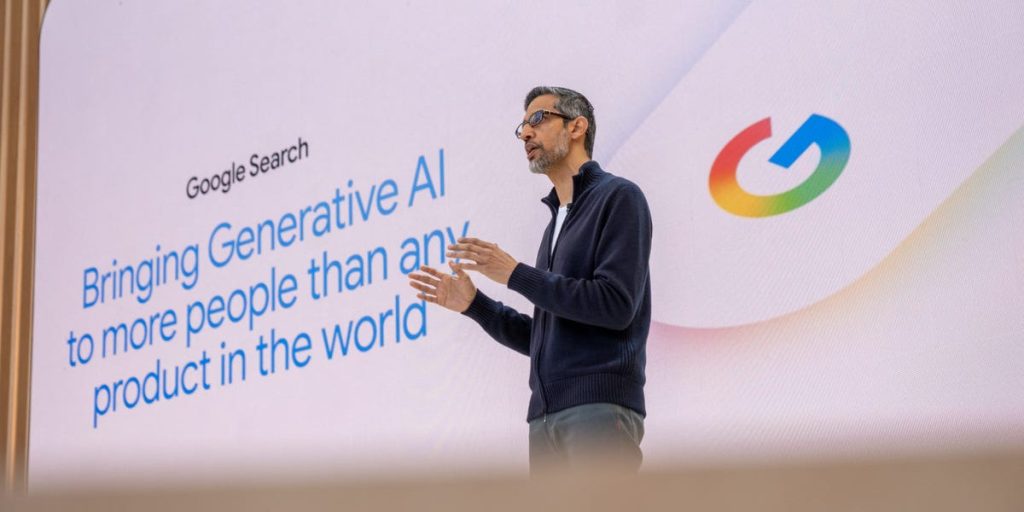The online search funnel is shrinking, and for Google, it’s adapt or die.
Generative AI means people are making longer, more specific queries when they search online. That’s taking them to their answer faster, and, when it comes to online shopping, it means they’re clicking “buy” faster, too.
For Google, that’s potentially a problem (fewer clicks). It’s also a massive opportunity.
This week, it shared some of the ways it’s adapting as generative AI upends traditional search. The first is shopping, which is a significant part of search advertising — Google’s core moneymaking business.
Google is revamping how shopping works in AI Mode, its generative AI-driven version of search. Users can now make more specific product queries, which Google says will help them reach their buying destination faster. What was once a search for “burgundy shirt” may now be “burgundy shirt in size 12 with a single front pocket that costs less than $50.” Users will also be able to have AI Mode produce a list of options and then ask it to compare different products against one another.
The company says that it’s seeing queries from users that are two to three times longer than in traditional searches.
“We think of this as vibe shopping because it’s just so fluid and you can just say what comes to you,” said Vidhya Srinivasan, Google’s vice president and general manager of ads and commerce, in a Wednesday roundtable. Traditionally, this has been keyword-driven, Srinivasan said, “but this is not the way people typically think and talk to each other.”
As the journey between search and purchase shrinks, Google needs to find new ways to keep people clicking and within Google’s walls.
Another new feature it announced this week is an “agentic checkout” tool where you can set a desired price for a product and let Google’s bots continually scan the web, buying it from a merchant if and when it sees it drop to the price you want.
More guesswork for advertisers
More specific AI-driven queries may help Google connect people to answers and products faster. But the shrinking funnel has created more guesswork for marketers and advertisers, who have only ever known a world where Google was driven by keywords and user journeys were easier to predict.
In a separate announcement this week, Google unveiled new agent tools for marketers and advertisers to better understand how people are navigating the web. Together, the tools help marketers automate aspects of their campaigns, while also giving more in-depth insights into what’s working and what’s not.
In a press roundtable, Dan Taylor, Google’s vice president of global ads, acknowledged that the search funnel was leaving marketers scratching their heads about how to conquer ads in this new era of search.
“They’re coming to Google earlier in their discovery and purchase journey, and that creates new opportunities for brands,” said Taylor. “It also makes it a little harder for brands to anticipate what kind of keyword list can I come up with to meet the moment for a customer that is looking for my product or service.”
Taylor said that he believes the new agent tools will help marketers and advertisers better reach the right eyeballs in an agentic era.
For Google, its most critical business depends on it.
Have something to share? Contact this reporter via email at hlangley@businessinsider.com or Signal at 628-228-1836. Use a personal email address and a non-work device; here’s our guide to sharing information securely.

